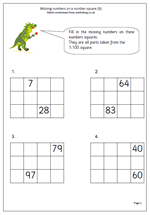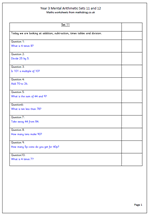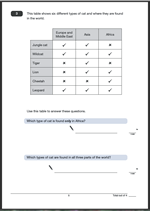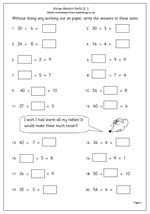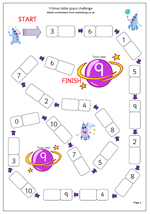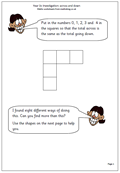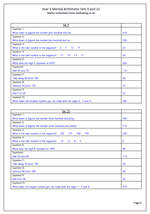 Maths from stories.
Maths from stories.
Hidden away on the mathsblog site is a superb selection of story books to help with early reading. These are all great books for young children to read, but an added bonus is that they all have a mathematical aspect to them. One of my favourites is The Very Hungry Caterpillar which I am sure you are all familiar with.
Another favourite is The Shopping Basket by John Burningham which is a great little book which will be thoroughly enjoyed by young children whilst at the same time helping them with counting and subtraction. Steven is a little boy who is asked by his mum to go round to the local corner shop, taking the shopping basket with him to bring back 6 eggs, five bananas, four apples….etc
Others include Mr Wolfe’s Week by Colin Hawkins, Jim and the Beanstalk by Raymond Briggs which helps with the mathematical language of shape and size, Two by two by Barbara Reid and Ten, Nine, Eight by Molly Bang.
To find this colection you need to go to the Top Maths Book heading at the top right of the blog and scroll down past the less interesting maths books. Some of the books are quite obscure and difficult to buy new copies, but they are all highly recommended and worth the effort to find.
